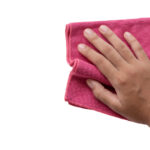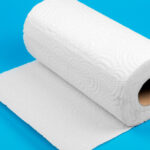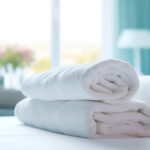For thousands of years, cultures around the world have treasured linen for its singular beauty, versatility, and durability. This cherished fabric is made from the long, strong fibers of the flax plant.
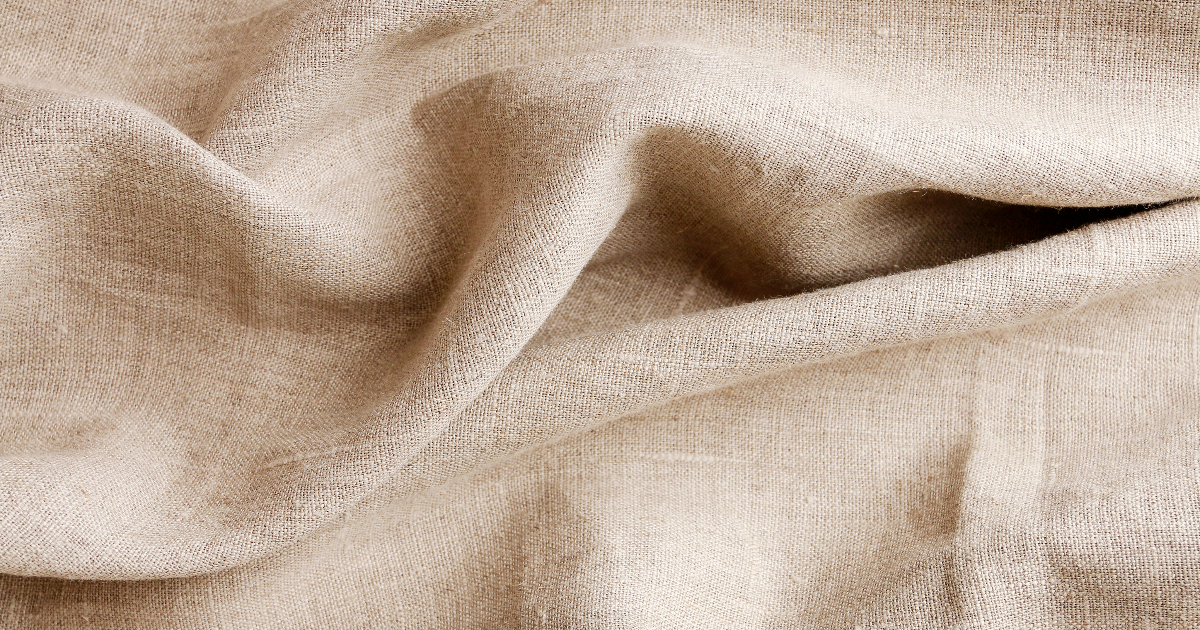
Linen fabric offers exceptional strength, breathability, and comfort – properties that improve over time with use and washing.
What is Linen Fabric?
Linen fabric is a natural textile made from the fibers of the flax plant. The word “linen” comes from the Latin name for flax, “linum usitatissimum.” Linen fabric is known for its strength, durability, breathability, and absorbency.
The flax plant has been cultivated for thousands of years to produce linen fabric. Flax fibers can be up to 20 inches long and have a natural pale yellow or tan color. To make linen, the flax stalks are harvested, retted to separate the fibers, combed, spun into yarn, and then woven or knitted into fabric.
Linen is significantly stronger than cotton and other natural fibers. It is very smooth with a subtle luster. Linen also conducts heat well, dries quickly, and is absorbent without feeling damp. These properties make linen a comfortable fabric to wear, especially in hot weather.
The History of Linen Fabric
The use of linen fabric dates back over 30,000 years. Dyed flax fibers found in caves in Georgia suggest that people used wild flax to make primitive linen fabrics during the Stone Age.
Ancient Egyptians were among the first to produce linen on a large scale. Fine linen was an indicator of wealth and status in Egyptian society. It was also intricately woven for burial shrouds and mummy wrappings.
Evidence of linen production has also been found in ancient Mesopotamia, China, the Roman Empire, and medieval Europe. For instance, linen fabrics were commonly traded across the Roman Empire.
By the 18th century, linen was a major export and industry in several European countries. The linen market also became important to the American colonies as they sought independence from Britain’s textile industry.
Today, specialty linen is still produced in Western Europe. Mass market production has shifted to China and other areas with lower labor costs. Overall, linen remains a cherished natural fabric around the world.
How Linen Fabric Is Made
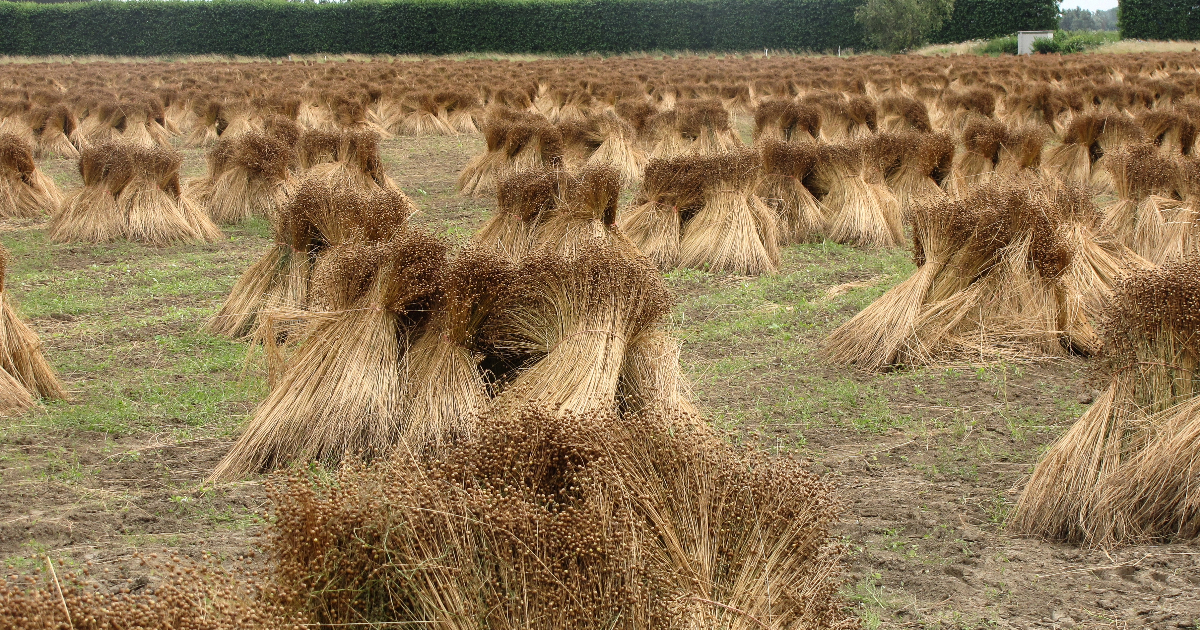
Making linen is a labor-intensive process that requires several steps:
- Flax farming – Flax plants are grown densely to promote tall, straight stalks with long fibers. They are ready to harvest after about 100 days.
- Harvesting – Flax stalks are pulled out by hand to keep the fibers intact. Seeds are later removed by rippling and winnowing.
- Retting – Stalks are soaked in water to dissolve pectins and fibers. This can take several weeks.
- Drying – Retted stalks are dried to remove moisture.
- Scutching – The woody parts of the stalks are crushed and beaten to separate the fibers.
- Combing – Fibers are combed with hackles to remove dirt, debris, and short fibers.
- Spinning – Long fibers are spun into yarn while wet to make them softer. The yarn is then wound onto bobbins.
- Weaving – Linen yarn is woven on looms into the fabric.
- Bleaching – Natural fermentation and sunlight bleach the fibers. Chemical bleaches are also used.
- Finishing – The linen is washed, softened, and inspected to complete the process.
Features and Benefits of Linen
Linen offers many desirable qualities that make it a practical, comfortable, and versatile fabric:
- Strong and durable – Linen is 2-3 times stronger than cotton. It resists tears and withstands frequent use.
- Absorbent – The fibers absorb up to 20% of moisture without feeling damp. Linen pulls perspiration away from the skin.
- Breathable – Air circulates through the fabric keeping wearers cool. Linen is ideal for summer clothes.
- Hypoallergenic – The fibers have antibacterial properties that resist dust mites and allergens.
- Thermoregulating – Linen provides insulation when needed but also cools. It’s comfortable in all temperatures.
- Easy to wash – Linen can be machine washed and tumble dried. It is resistant to dirt and stains.
- Softens over time – While crisp at first, linen becomes suppler and more lustrous with use and washing.
- Biodegradable – Linen is made from natural fibers and decomposes in the soil after use.
- Sustainable – Flax farming requires few pesticides or irrigation compared to cotton.
Types of Linen Fabrics
There are many varieties of linen fabric. Some key types include:
- Damask linen – A decorative linen with woven patterns resembling embroidery. Used for table linens and furnishings.
- Plain woven linen – The most common type with a straightforward woven texture. Used for casual clothing, towels, etc.
- Sheeting linen – A finely woven and soft linen perfect for bed sheets, pillowcases, and lingerie.
- Loosely woven linen – Very absorbent and lightweight but less durable. Used for some home textiles.
- Handkerchief linen – An extremely fine linen used to make delicate handkerchiefs.
- Toweling linen – A heavier, more textured linen that makes absorbent bath and kitchen towels.
- Upholstery linen – Dense, durable linen woven for sofas, chairs, and other furniture. Resists fading.
- Belgian linen – High-end linen is known for exceptional softness and shine. Used for luxury bedding and clothes.
There are also linen fabrics with different weaves like gingham, stripes, checks, and jacquard. Linen can also be blended with other fibers such as cotton, hemp, or silk.
Uses and Applications of Linen
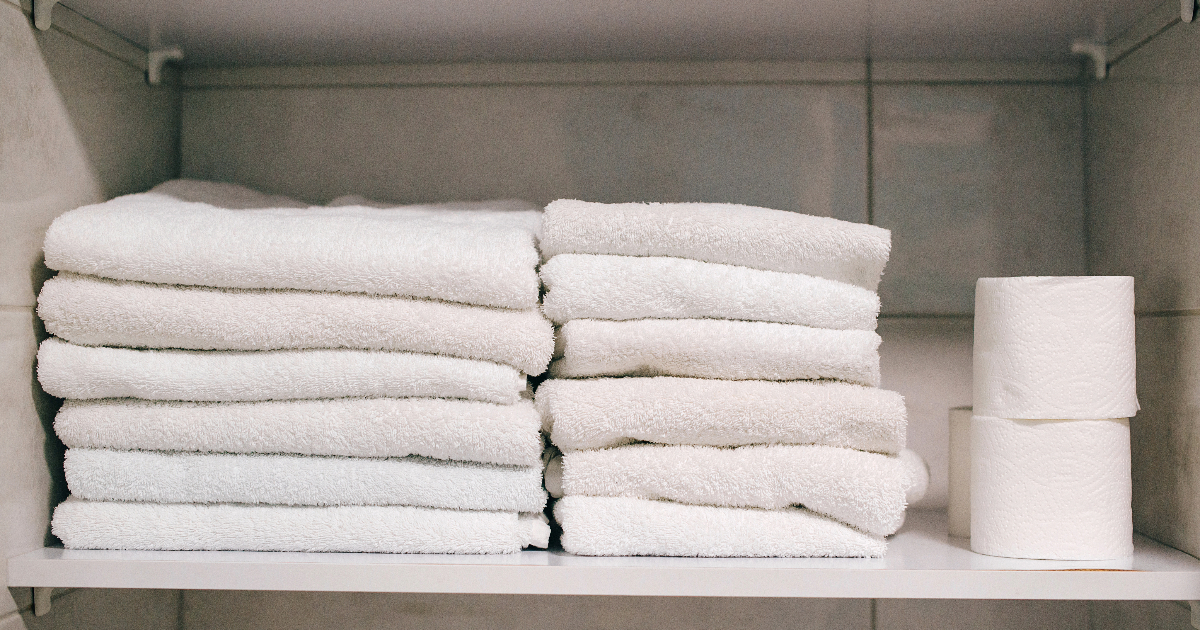
Due to its versatility, linen is used to make a wide variety of consumer products:
- Clothing – Linen is ideal for shirts, pants, dresses, suits, and other garments, especially in summer. It resists wrinkles and stains.
- Bedding – Breathable linen is commonly used for sheets, duvet covers, shams, and pillowcases. It helps regulate body temperature.
- Towels and bath items – The absorbency of linen makes it useful for bath, beach, and kitchen towels as well as bathrobes.
- Table linens – Linen tablecloths, napkins, and placemats have an elegant, polished look perfect for formal dining.
- Home furnishings – Linen is used to upholster sofas and chairs. It is also used for curtains, blinds, and other window treatments.
- Accessories – Luggage, handbags, wallets, and other accessories take advantage of linen’s strength and moisture resistance.
- Crafts – The fabric can be embroidered, dyed, and manipulated for quilting, needlework, and other crafts.
- Fine art – The smooth, sturdy surface makes linen an ideal canvas for painting masterpieces that withstand the test of time.
No matter how it is used, linen continues to be appreciated for its timeless beauty and functionality. With proper care, linen products become softer, more luminous, and last for decades.
How to Buy Quality Linen Fabric
When shopping for linen, here are some tips for identifying high-quality fabric:
- Check the label to confirm it is 100% linen, not a blend. Look for the fiber content.
- Look for thicker, dense fabrics. Lower-quality linen is thinner and more transparent.
- Choose smooth, consistent fabric without slubs or imperfections.
- Linen should feel cool, crisp, and smooth without feeling stiff.
- Rub the fabric – high-quality linen will soften slightly with handling.
- Buy pre-washed linen – It skips the initial scratchiness and starts soft.
- Patterned damask and jacquard linens are typically of higher quality.
- Belgian, French, and Irish linen are regarded as the finest linen producers.
- Check for third-party certifications like OEKO-TEX that evaluate safety.
- Expect to pay more for linen than cotton due to the intensive production process.
Following these tips will help you identify luxury, heirloom-quality linen textiles, and products. With a little care, your linen purchases should last for many years to come.
How to Care for Linen Fabric
Caring for linen fabric is simple with some basic practices:
- Machine wash in cold water using a gentle cycle and mild detergent. Never use bleach.
- Skip the fabric softener as it can damage the linen fibers.
- Air dry or tumble dry on low heat. Allow linen to finish air drying to minimize shrinkage.
- Remove wrinkles by ironing while still slightly damp using a hot iron and steam.
- Fold and store linen properly to avoid creases. Refolding and airing out helps too.
- Avoid direct sunlight for an extended time as it can damage and discolor linen.
With the right washing and drying methods, your linen pieces should maintain their beauty and last for many years to come. Linen becomes softer and suppler the more it is laundered.
Why Choose Linen?
Linen has remained cherished across cultures for thousands of years because of its singular qualities. Here’s why linen is a smart choice:
- Sustainable – Less demanding on the environment compared to other natural and synthetic fabrics.
- Natural temperature regulation – Keeps you cool in summer but provides insulation in winter.
- Hypoallergenic and antimicrobial – Ideal for sensitive skin and good health.
- Extremely breathable – Allows ample airflow and minimizes humidity.
- Absorbent – Pulls moisture away from the body rapidly.
- Strong and long-lasting – Withstands frequent use and laundering over decades.
- Softens over time – Improves in both softness and sheen with each wash.
- Timeless elegance – Has an understated beauty appropriate for casual to formal affairs.
For exceptional durability, comfort, and versatility, linen reigns as a top textile. This natural fabric only gets better as time goes on.
FAQs
What is linen fabric best for?
Linen is an ideal fabric in home textiles and apparel where durability, temperature regulation, and absorbency are important. Linen bedding is exceptionally breathable, helping sleepers stay cool and comfortable. Linen clothing resists wrinkles and stains, and the moisture-wicking properties make linen a top choice for warm weather and outdoor activities. Linen is also prized for table linens, upholstery, curtains, suits, and dresses.
What makes linen expensive?
The labor-intensive farming and harvesting of flax and the multi-step process for converting the fibers into fabric significantly impact the cost of production. The price also reflects the durability of linen, which lasts for decades with proper care. Overall, the higher cost is justified by the unparalleled qualities of this exquisite natural fabric.
Does linen have to be dry-cleaned?
No, linen does not require dry cleaning. Unless otherwise noted, linen fabric can be safely machine washed in cool water and tumble-dried at a low heat setting. Dry cleaning is unnecessary for most linen clothing, sheets, towels, and other machine-washable textiles.
How often should you wash linen?
Most linen items can be laundered after every few uses. Bed linens should be washed at least every other week or more often if you sweat excessively. Linen clothing can go a few wears between washes, similar to denim. Stains should be pre-treated and washed promptly. With proper care, linen can be washed frequently without damage to the fibers.
What is linen made of?
True linen is made solely from the fibers of the flax plant. Inferior “linens” may blend flax with other fibers like cotton or synthetics. Always check the label to confirm the fabric is 100% linen. Unblended linen offers the most benefits like strength, luster, and temperature regulation.
How does linen compare to cotton?
Both natural fabrics have similarities, but linen edges out cotton in a few areas. Linen is significantly stronger and more durable. It is also more breathable, absorbent, and antimicrobial. However, cotton starts out softer until linen softens over time. Cotton also resists wrinkles better. Overall, linen lasts longer with heightened properties important for bedding and summer apparel.
Conclusion
Clearly, linen has earned its status as a coveted textile due to its durability, beauty, and practicality.
The labor-intensive process of transforming flax fibers into luxurious fabric results in linen’s hefty price, but the investment pays off with decades of use.



